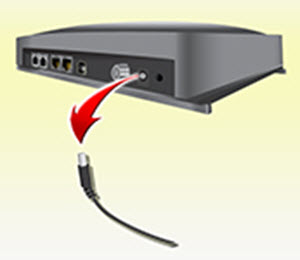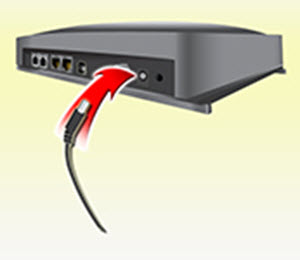Upon the conclusion of EDU 614, I have a new outlook. I entered this class as an educator that may have reminded some of my great grandmother.
"When I was young, we didn't have computers, or the internet, and we did just fine in school."
Much of that is true, however my responsibility as an educator necessitates that I prepare today's students to become active participants in a diverse, innovative, global, and technological society. I cannot ignore the need or benefit of technology in the classroom.
Though I have developed this new recognition and appreciation for technology over the past month, I put forth the argument that the inclusion of technology should be managed quite differently in the early grades, than in later school years. True, students need to begin learning "how" to use technology and devices in elementary school, as the need for those skills will only increase and become more complex as they age. However, it is the use of computer applications in place of tactile lessons that I cannot embrace entirely. When given the choice between picking up and building with Tangrams for a lesson on shapes vs. playing a shape game on a tablet, I will choose the former every time for my students.
As I outlined in my teaching philosophy post, engaging as many senses as possible of the young child is one of the essential components to learning. Combining that with peer collaboration leads to optimal education. If an application can offer that, then I will embrace it in the classroom. Otherwise, just because I can use technology, doesn't mean I should. As an early childhood educator, my teaching with, and choice of, technology will need to be deliberate and intentional as technology rapidly develops and becomes more accessible to schools and educators.
In addition, I've gained a new appreciation for the technology capabilities that are available for classroom organization and curriculum planning. I am confident that the applications I discovered for community communication, administrative tasks, and trouble shooting will benefit my teaching team immediately. Streamlined communication and documentation saves time, allowing educators to devote more time and attention to their students and their work/life balance. A win-win for all.
In short, technology is here to stay, so those of us that grew up in a different generation need to adapt, embrace, and appreciate what technology brings to our teaching, our students, and our future, doing so with an analytical discernment and a thoughtful, positive outlook.












